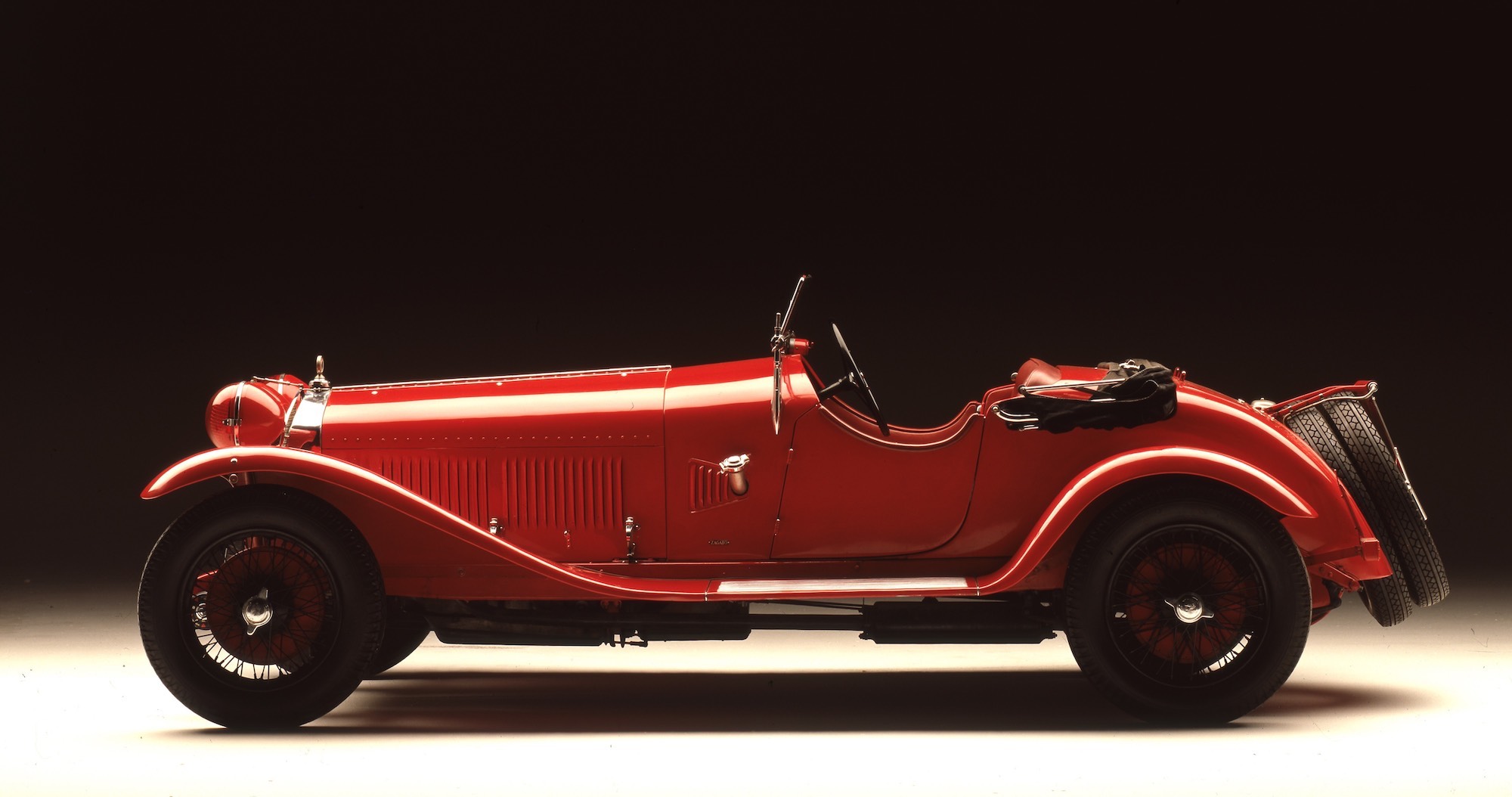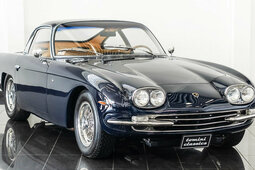The Alfa Romeo 6C 1750 was one of the most celebrated cars of the 1930s. Light and brilliant, it was highly appreciated by sporty motorists, who also drove the car in races.
At any given time, there are typically only two sports-car manufacturers who really matter. With some exceptions, latest decade that pair is Ferrari and Porsche, whereas in the 1930s it was Alfa Romeo and Bugatti. In every era there are, of course, many sports-car makers, and they were far more numerous seventy years ago than they are now. To most connoisseurs, Alfa Romeo was always just that little bit ahead of Bugatti in sports cars throughout the decade of their rivalry. Alfa won Le Mans on four successive occasions (following Bentley’s four-in-a-row hegemony at the end of the 1920s), took numerous wins in other sports-car classics, and, by the end of the 1930s, was building the fastest road cars in the world: the supercharged 8C 2900 series.
But of all the Alfa Romeo sports cars, though, the most charismatic and most desired are the 6C 1750 models. The 6C 1750 is one of Alfa Romeo head engineer Vittorio Jano's masterpieces – Alfa hired him from Fiat in 1923. It was his genius that resulted in the awesome Alfa P2 winning the first ever Grand Prix World Championship in 1925. In the same year he took elements of the racing model to develop the 6C 1500. Four years later, the six-cylinder engine was enlarged, resulting in the 6C 1750 that was unveiled at the Rome Motor Show.
Mass-produced from 1929 to 1932, the many versions of the 6C 1750 are all a major development of the earlier 6C 1500: while maintaining identical structure and weight, performance increased considerably in the larger displacement engines, which delivered more power and torque. The lightweight car handled well and was fast and reliable. From a technological point of view, it was a world apart from the direct competition - all features that made it a sure race winner.
Also it is often considered to be the first true Grand Tourer. Equally at home on the road and the racetrack, the 6C was supplied as rolling chassis upon which all the very best coach builders of the day took the opportunity to express their skills to construct the bodywork: the famous "Flying Star" touring, Zagato, Castagna, and abroad James Young. It was a winning combination.
However, Carrozzeria Zagato of Milan created the most delicately proportioned and subtle roadsters. When one looks at the Zagato body, it seems low and sleek, an impression engendered by the fact that the metal skins are perched quite high on the chassis, so that one is unaware of the considerable expanse of mechanism under the painted portions. The cars were designed to be viewed by a standing man, and what went on in pure orthographic drawings was considered unimportant, which implies a far more sophisticated view of psychology than most manufacturers were able to comprehend seven decades ago.
The cars were surprisingly comfortable in terms of ride qualities, despite having the solid axles and cart springs common to most cars of the 1930s. This conferred a major advantage in long open-road races such as the Milia Miglia and the Targa Florio, both of which Alfa won with ease.
In addition to standard Turismo and Gran Turismo versions, Super Sport and Gran Sport variants were offered with ultra-reliable, supercharged engines that made them ideal for endurance racing. The cars fitted a 1752 cc six-cylinder engine which developed a power of 46-102 BHP at 4000-4600 rpm reaching a top speed of 110-170 km/h (depends on version).
For many, the image of the 6C 1750 is indissolubly bound to that of Tazio Nuvolari who won the Mille Miglia race at the wheel of one in 1930. But the racing career of the 6C 1750 started with the 3rd edition of the Coppa delle Mille Miglia in 1929 and was driven by Campari and Ramponi to victory at an average speed of 89.688 km/h.
The 6C 1750 Gran Sport, a tuned-up version with a new compression for boosting power and further improving performance, was introduced in 1930. The GS version also made its racing debut at the Mille Miglia. Four models were driven by Nuvolari, Campari, Varzi and Ghersi, and the model floored competition coming in first, second, third and fourth. Nuvolari-Giudotti were the first crew to cut the finish line in Brescia at a record-breaking average speed of 100.450 km/h after having battled relentlessly with Achille Varzi.
The 6C 1750 Gran Sport Testa Fissa was the top of the range and won several major races: it came in first, second and third at the Tourist Trophy in 1930 (won by Nuvolari) and at the 24 Hour race in Spa-Francorchamps. In 1931, it shattered the 4000 Miles and 24 Hours records at Monthlery (at an astonishing average speed of 151.918 km/h!).
Such victories all over Europe cemented the legacy of the 6C 1750 as a classic Alfa racer. Today 6C 1750 is one of the most desirable Alfa’s cars and you can rarely find one on sale, like this unique Alfa Romeo 6C 1750 GT Compressore, which is on Dyler’s marketplace.
1929 Alfa Romeo 6C 1750 Montage | Classic Auto Films
---
Discover your dream car within our Car Categories, or explore our Classic Passion Shop to uncover thrilling items from our associates!





















